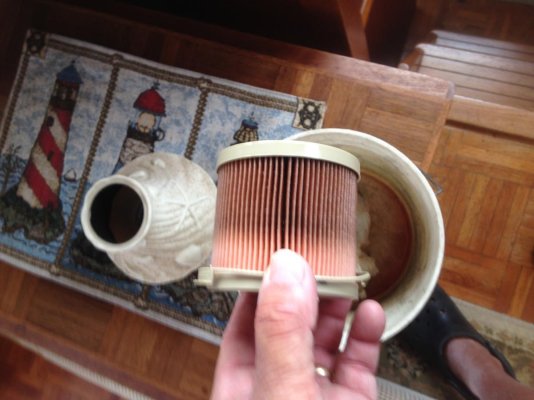Ski in NC
Technical Guru
It's not more complicated. The complicated part (apparently) is the concept of the multi-phase absorption-precipitation-absorbtion-precipitation cycle. I think I've explained this three times, but some of the skeptics still don't get it, or maybe don't believe it.
Humidity in the tank can either be (a) absorbed directly into the fuel, or (b) condense on a cold surface and then be absorbed by the fuel. Either way the fuel is soaking up the water until it can't hold anymore (becomes saturated).
Actually, it is more complicated. I understand the physics well regarding moisture transport. You state that humidity in the tank ullage space can either absorbed into the fuel or condense on another surface. Actually there is (c), as the tank warms, the humidity in the air is expelled with the air. It does not necessarily condense. Diesel is not hygroscopic, unlike ethanol gas.
There will be a small air exchange during thermal cycles, but the water in that air does lose its moisture unless it crosses the saturation line while in the tank. That is not a common situation.






 :lol:
:lol:
